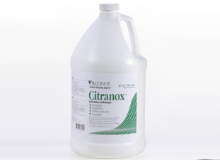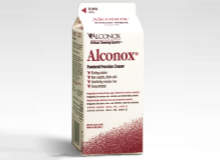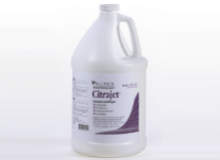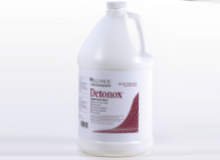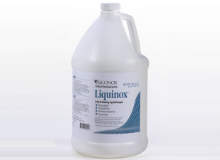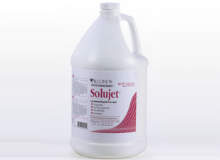Risk-Based Limits and Pharmaceutical Cleaning
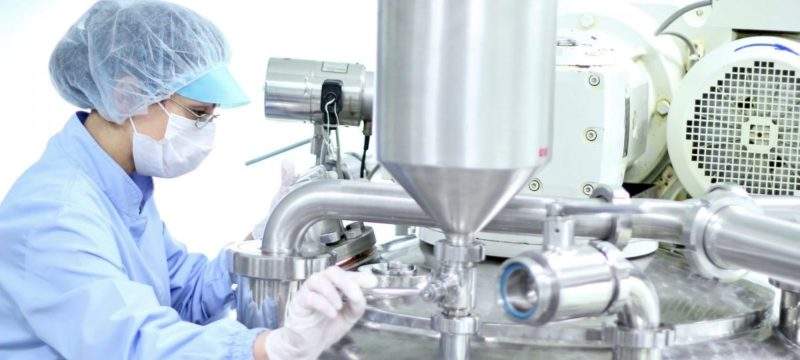
Q. We are moving from LD50 data to ADE (PDE) limits based on HBELs. This is allowing us to eliminate disposables for low-risk products. How do I know which can be manually cleaned and which needs to be in a washer? Can manual cleaning be validated?
A. Many pharma and biotech companies have been moving to Health-Based Exposure Limits (HBELs) meaning Acceptable Daily Exposure (ADE) or Permitted Daily Exposure (PDE) limits as detergent residue limits.
From a pure efficacy perspective, manual cleaning is often better than automated cleaning. High-foaming detergents (better emulsification) may be used and mechanical energy can be applied (scrubbing, soaking, sonication and/or elbow grease of course).
However, not all equipment can be done this way efficiently. Where CIP or other automated means is in play, the cleaning is done via chemistry. This is why many low-foaming detergents are more extreme in pH when compared to manual, higher foaming detergents. The idea is that more extreme pH leads to rapid hydrolysis to compensate, in part, for the less effective emulsifying capability of the low foaming surfactants. Other than the obvious (ex. a huge tank being cleaned via CIP), knowing when to use manual vs. automated methods in new applications comes down to the residues and parts involved, as well as manufacturer preferences.
With defined procedures, both manual and automated cleaning methods of reusable equipment, tanks, and lines are in validated drug manufacturing process around the globe. When something can be cleaned manually, it can be very beneficial to do this. Cleaning batch records have been used to facilitate and validate manual cleaning. Keep in mind, we consider ultrasonic cleaning to be manual (because higher foaming detergents can be employed) in addition to “traditional” manual processes like scrubbing and soaking.
We would be happy to discuss your individual application. Please contact us any time!


